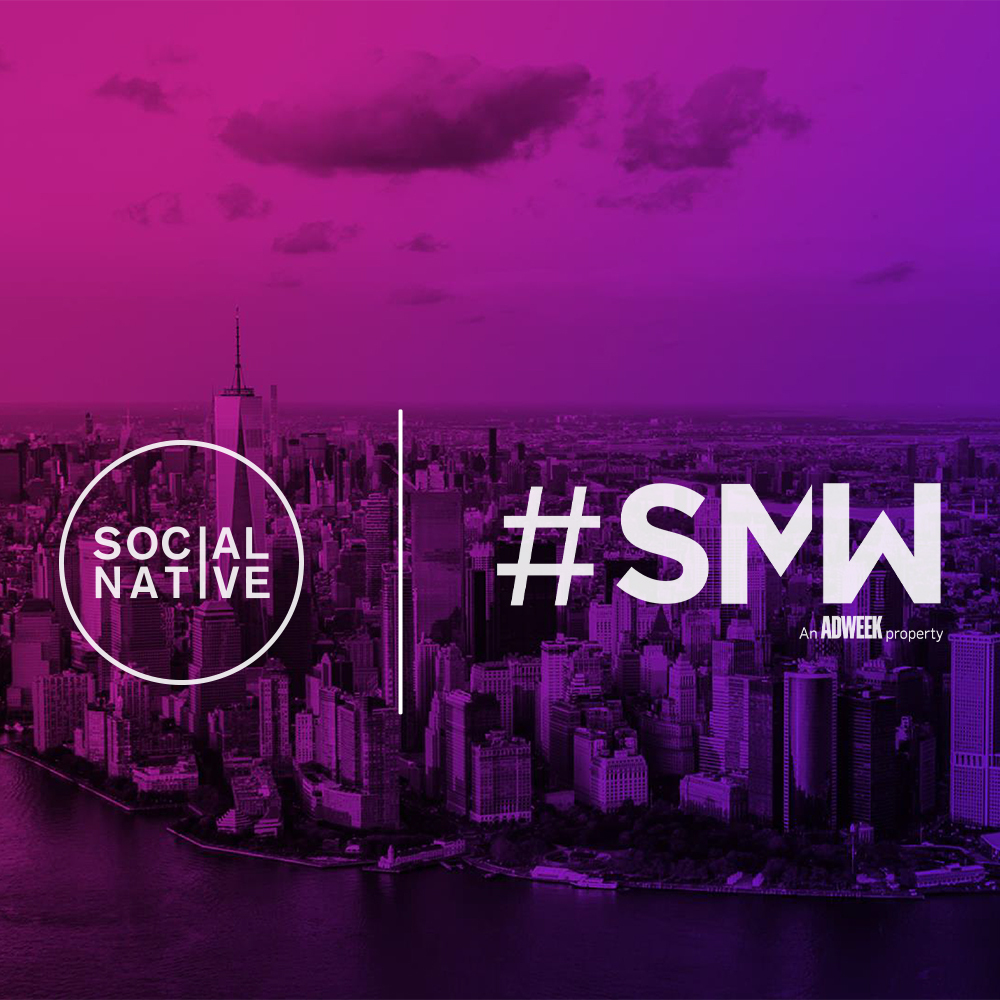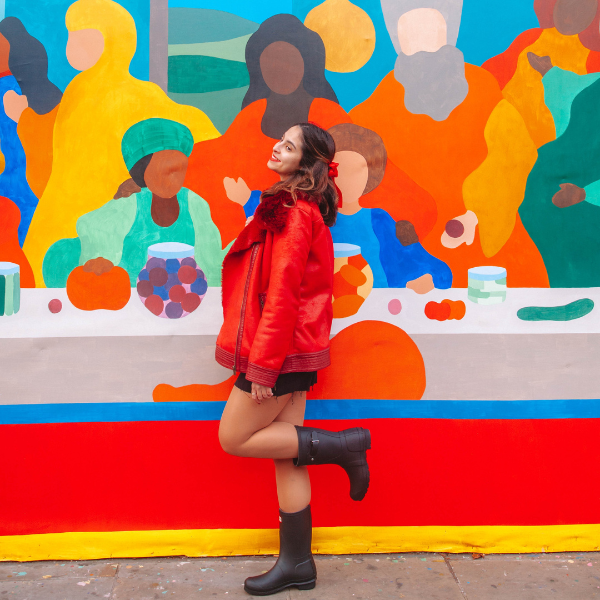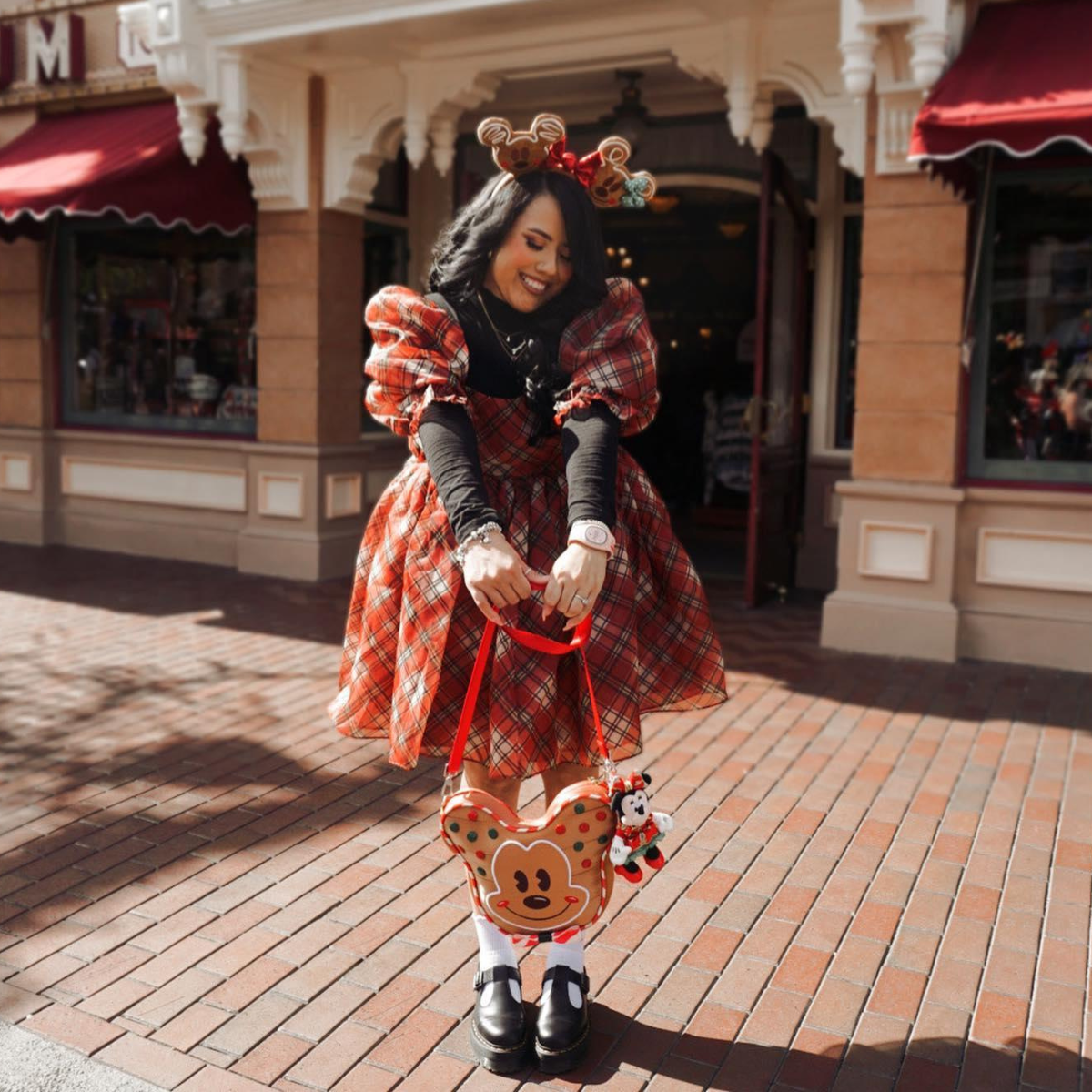Social Native joins Adweek as Premier Partner for Social Media Week
Don’t fret if you couldn’t make it to #SMW; everything you missed and need to know is highlighted in this article for your convenience. Adweek, the leading global publication for news and insights into the marketing ecosystem, presented its annual Social Media Week in New York this summer. The conference aims to bring together visionary thinkers and leaders to gain actionable insights for navigating a new generation of opportunities in the industry. With the rise of Web3, #SMW presented an entire day of dedicated insights and thought leadership into the topic to discourse how brands are adopting new approaches and practices into the metaverse.
Notable leaders in the marketing space including Glossier’s Ali Weiss, celebrity and personality Steve Aoki, and Twitter’s Beverly Jackson Global VP of Brand and Consumer Marketing joined the three-day conference. Social Native joined Social Media Week as a Premier Presenting Partner where they delivered an insightful and captivating keynote to the entire conference delegation along with an intimate and detailed workshop to guide brands into adopting TikTok strategies.
Web3 Era of the Creator: How To Future-Proof Your Social Commerce Strategy
Social Native’s Luis Carranza, VP of Global Revenue, took the main stage to deliver his keynote to a full house at Social Media Week. Carranza provided marketing industry insights into the relationship between consumers and user-generated content.
1. 85% of consumers find UGC more influential than brand-created content. What does this mean? We have entered a new era where social proof is the new marketing. 64% of consumers make an immediate purchase after watching social branded videos. Whether you’re creating original influencer content or leveraging brand advocates, supplying these assets is critical to every stage of your marketing funnel to convert consumers into lifetime customers.
2. Retaining the attention of Gen Z is a priority. Gen Z is a generation that is digitally native to social media and everything in between that encompasses the internet. In a study conducted by eye square, it was found that attention span continues to decrease, with the average attention span currently at 2.5 seconds. To capture the attention of Gen Z, your branded ads will need to be short and powerful to be effective.
3. On average, users interact with 5.74 user-generated photos. In a case study in collaboration with AllSaints, a top British fashion retailer, Social Native found that users interacted with an average of 5.74 photos per session, and 82% of these same users returned to the website. The power of UGC continues to prove its value to consumers.
4 Tactics to Converting TikTok Views to Sales
In 2022 #TikTokMadeMeBuyIt surpassed 11 billion views, showing the magnitude of Gen Z’s rising buying power. Companies are leveraging social channels but still struggle with translating social views into sales. In this session, Social Native presented an insightful workshop at Social Media Week with 4 actionable key tactics and approaches for converting TikTok views into sales.
1. Scale authentic content with volume and diversity.
Inclusivity is essential to obtaining the attention and retention of younger shoppers, with 73% of Gen Z and 72% of Millennials citing this as a purchase factor. Reflecting inclusivity is key to driving engagement globally. Adopting a for consumers, by consumers position is becoming a lucrative practice to resonate with consumers and increase social proof.
Global brands, like Microsoft, who target consumers all over the world and are inclusive of diverse creators and audiences, reach consumers past their benchmark and find that content from diverse creators drove engagement up by 10%. Microsoft understands the importance of connecting online with the everyday consumer.
2. Build an emotional connection with audiences.
Studies show that 84% of consumers trust online peer reviews as much as recommendations from friends. UGC provides the support needed to break through the noise of over-commercialized ads with authentic and relatable content. In an era where anyone can go viral, building trust and authentic messaging are crucial. More and more it is apparent that consumers are craving storytelling that is less rehearsed and spontaneous.
Zillow, the leading US real estate platform, turned to create original and unique UGC leveraging 200+ real families, resulting in creating over 250+ video assets tapping into authentic storytelling of home purchases. Adding further reach, Zillow transformed the assets into TV spots that aired across the entire nation to again prove the idea that shifting gears into genuine narratives resonate higher with consumers.
3. Test new channels. If you’re not on TikTok, you should be.
No longer can brands push back on adopting TikTok into their marketing funnel. Adweek found that 49% of users purchased a product or service promoted on TikTok after seeing it advertised. Thus, reckoning the fact that TikTok is a force of its own that has proven to be a valuable asset that will not be leaving anytime soon. TikTok is leading the path for how consumers interact with short snackable videos. Most importantly, it’s proving that short-form video holds the power to convert TikTok views into sales.
Cetaphil, a traditional CPG beauty brand has moved into TikTok with engaging and high-performing videos featuring a mixture of diverse creators. The brand not only found +18.4% lift in ad recall by shifting to creator conent; but has also increased brand awareness and become deeply connected with the Gen Z audience.
4. Boost conversion rates from TikTok to checkout.
Consumers who end up on an e-commerce site through a user-generated video are 2X as likely to purchase and spend 45% more. As proven with #TikTokMadeMeBuyIt surpassing 11 billion views, the race for brands to leverage TikTok is ample, yet it continues to be a daunting transition as brands continue to face the challenge of fragmentation. To combat this, partnering with a platform that can provide original content and publish to fuel e-commerce websites is an ideal scenario when a brand cannot devote internal resources to such a long-term project.
As presented in Social Media Week’s three-days of thought leadership and forward thinking tactics and thought leadership from notable leaders in the industry. Social Native has echoed one main key takeaway: marketing in the age of ownership is forcing brands to adopt new platforms and approaches to marketing in order to keep up with the fast-pace of Gen Z.
Social Native delivers a new e-commerce experience for brands and their customers. Building on the success of shoppable galleries, Social Native now offers a video-optimized, no-code version to help brands leverage organic short-form video at scale. With Social Native’s complete tech stack, brands can create original content, supply the UGC to their e-commerce sites, and transform the same assets from the convenience of one user-friendly platform.





















